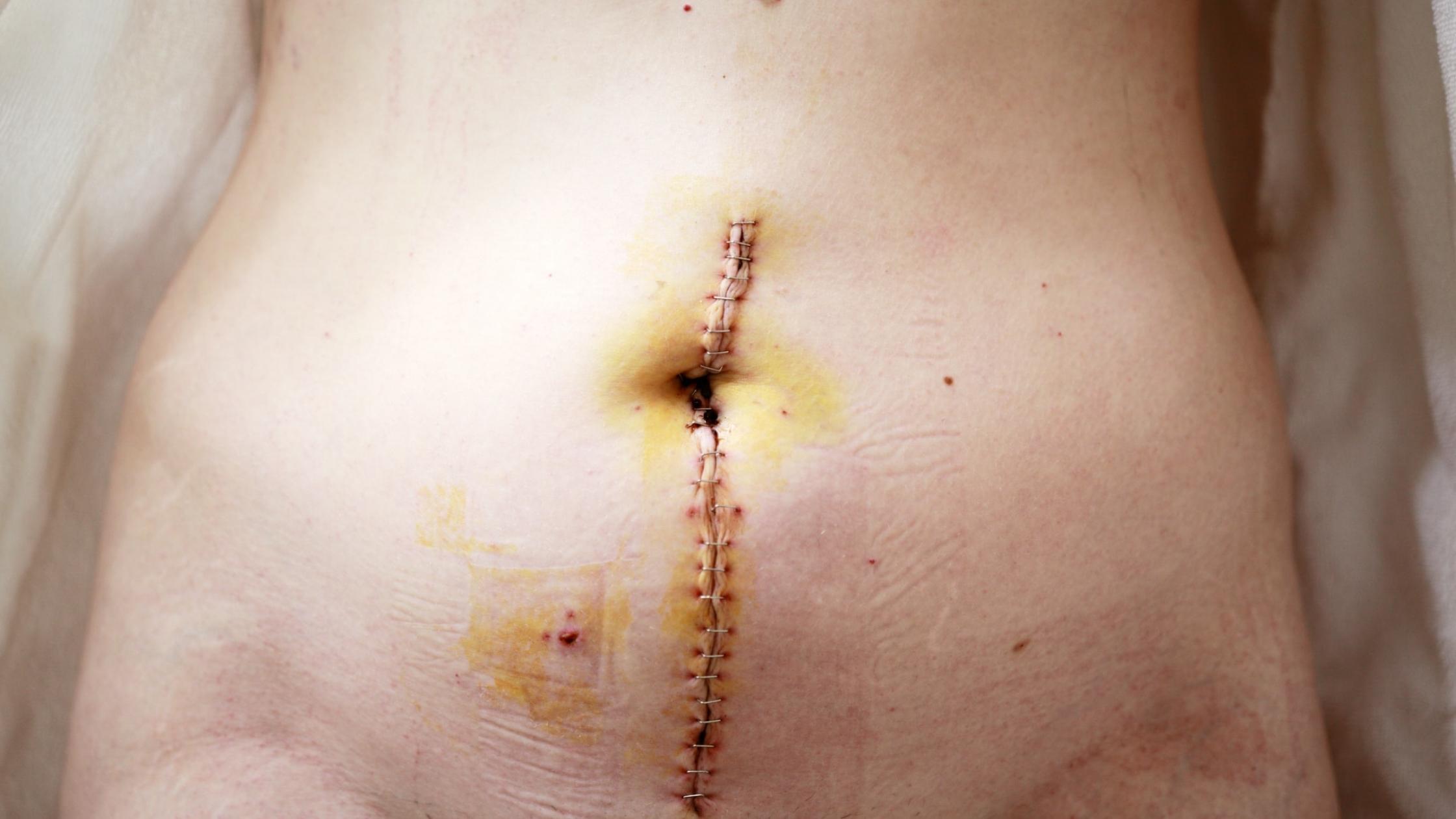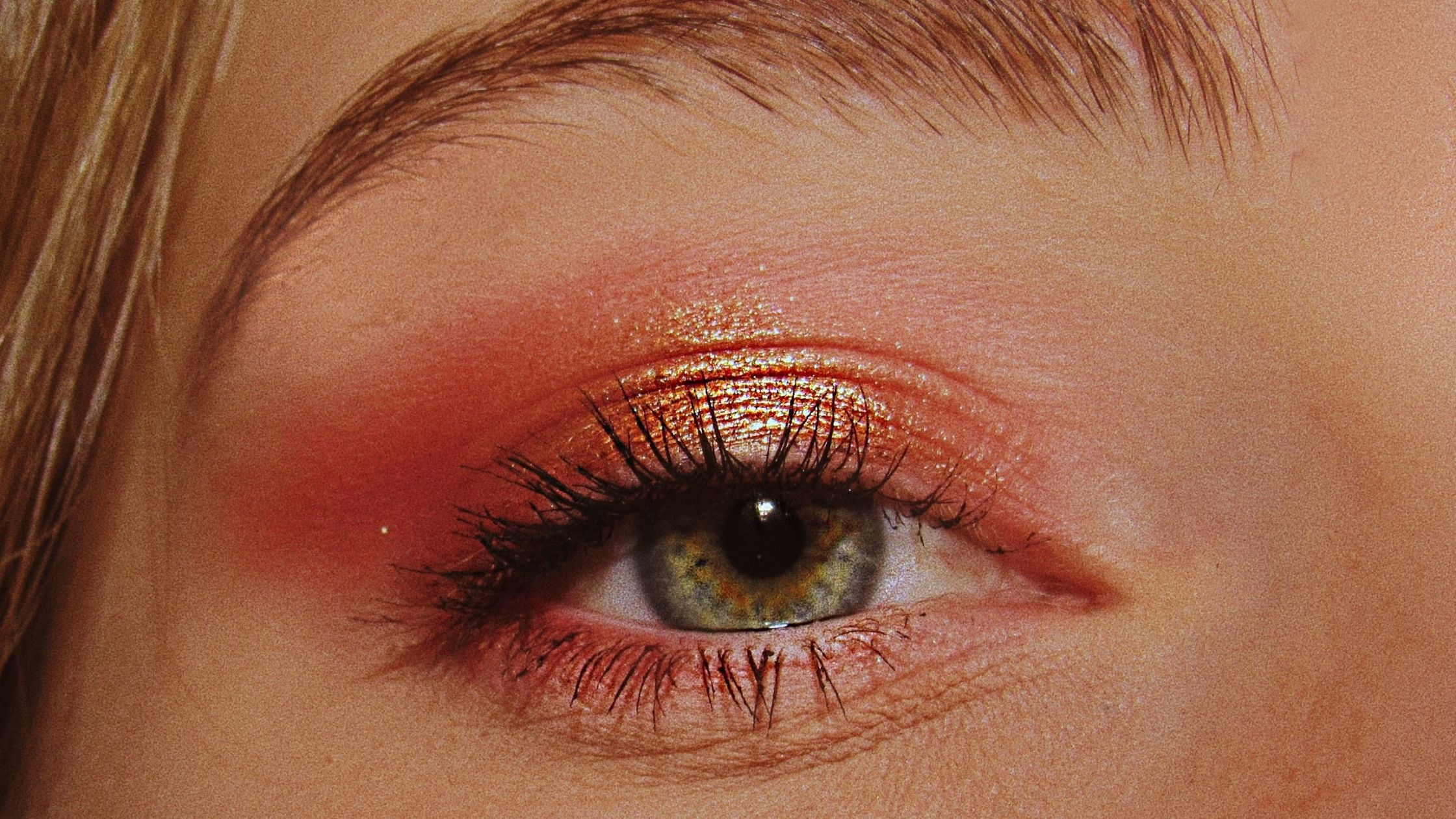A surgeon may make a horizontal incision above the pubic hairline or a vertical cut below the belly button to conduct a hysterectomy surgery, leaving a visible scar. Not all hysterectomy leaves a huge scar. Some of them might have less impact. This totally depends on the type of hysterectomy you take. This blog will be about hysterectomy, its types, and the after-measures after a hysterectomy scar.
What Happens To A Woman’s Body After Hysterectomy?
- The uterus is removed, and you can no longer get your periods or get pregnant.
- You can experience hot flashes or symptoms of menopause.
- You may experience vaginal dryness and difficulty in sleeping.
- Other effects include weight gain, hair loss, and dry skin.
Different types of hysterectomy Scars
The different types of Hysterectomy Scars include:
- Abdominal hysterectomy scars.
- Vaginal hysterectomy scars.
- Laparoscopic hysterectomy scars.
- Robotic hysterectomy scars.
Abdominal hysterectomy scars
Abdominal hysterectomies are done through a large abdominal cut. The surgeon will remove your uterus by making an incision horizontally below the abdomen area. If it is a total abdominal hysterectomy, your surgeon will remove both the uterus and cervix. An abdominal hysterectomy will create a scar in your lower abdomen, either horizontally or vertically.
Vaginal hysterectomy scars
A vaginal hysterectomy is a simple procedure that removes the uterus through the vagina. Doctors go into the vagina through the cervix and make an incision around the cervix to remove it. The uterus is then separated from the rest of the body and pulled out through the vagina.
This method doesn’t leave any visible scars. This is the main reason why vaginal hysterectomies are more common than abdominal hysterectomies. Vaginal hysterectomies usually require shorter hospital stays, less money, and faster recovery times.
Laparoscopic hysterectomy scars
A laparoscopic hysterectomy is a low-risk procedure that doesn’t require much surgery. Relatively small instruments are used to remove the uterus through small incisions in the abdomen.
They make a small cut near the belly button and insert a laparoscope through the amount to see inside the body. This is a tube that is very thin and flexible. It has a video camera inside. Doctors don’t need to make a big incision to get a good look inside their bodies with this tool.
In the next step, they’ll make two or three minor cuts in the abdomen. You’ll be left with some bit of marks after these cuts. They’ll all be about the same size as a dime.
Robotic hysterectomy scars
A robotic hysterectomy uses high-definition 3-D magnification, small surgical instruments, and automated technology to remove the uterus. Robotics technology helps surgeons see, disconnect, and remove the uterus so that they can do all of these things.
As part of a robotic hysterectomy, a doctor will cut four or five small holes into the abdomen. A doctor or nurse inserts surgical tools and thin robotic arms into the stomach through these small holes in the skin.
Scar Tissue – What Is It?
Scar tissue is a type of tissue in your body that is built in place of the damaged tissue. This is how your body reacts to any injury, even surgery. On your body, scar tissue grows over damaged skin cells to make a hard, raised line of thick and tough skin. The scar tissue that forms inside your body comprises connective tissue that helps repair damage to your internal organs and other tissue. When scar tissue grows together in the abdominal area, it is called “abdominal adhesions.”
Abdominal adhesions can affect your internal tissues and organs in bad condition, so they don’t move. The tissues inside your abdomen are slippery. This lets them move around as you move your body. They can even twist up your intestines when they do this, which can be very painful.
Most of the time, these adhesions are harmless and don’t show up in any way. A vaginal, laparoscopic, or robotic hysterectomy can also help you avoid having extensive abdominal adhesions by making the surgery less invasive.
How Will The Hysterectomy Scar Heal?
The scar will be 4 to 6 inches (10 to 15 centimeters) long and it might take 6 to 8 weeks for your energy level to get back to normal. Vagina will not be removed unless it is a complete abdominal hysterectomy, so the sexual functions might not be affected.
What Are The Aftercare Measures of Hysterectomy Scar?
- The area should be cleaned with warm, soapy water every day.
- Dry it with a clean towel.
- You should not use hydrogen peroxide or alcohol because these things can slow down the healing process and make things worse.
- Make a gauze bandage to cover the area if it drips or gets caught on clothes. Every day, change the application.
Final Words
Scarring is normal when it comes to surgery, and hysterectomy is not an exception. The amount of scarring might depend on the type of hysterectomy you undergo. Consult your doctor about your hysterectomy and possible scarring before starting the surgery.









